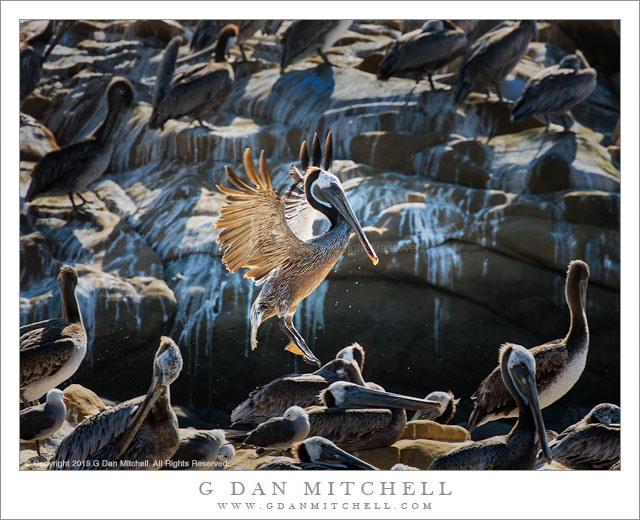Thank you to B&H Photo for including me in their new article on photographing fall color: Photo Tips and Favorite Gear for Successful Fall Foliage Pictures.

Excerpt:
“California-based G. Dan Mitchell notes that the color season can last months in California’s Eastern Sierra, given the large variations in elevation, precipitation, range of north/south latitude, and other factors. He explains, “When color is absent in one location, it may be great not far away. In the Eastern Sierra, this often means going to a higher or lower elevation. While aspens can start changing color at higher elevations in the second half of September, some trees at lower elevations may be colorful a full month later.”
“Author of the 2015 book, California’s Fall Color: A Photographer’s Guide to Autumn in the Sierra, Mitchell notes that the Sierra offers a range of fall foliage opportunities far greater than many people realize.”
(About the “color season can last months…” comment. I can often find the first hints of coming autumn color early in September, and even in late August sometimes. I can still find low elevation color in the last half of October.)
Also included in the article – G Dan Mitchell, Bryan Carnathan, Moose Peterson, Dan Bailey, Matt Payne, and Chad DiBlasio
Enjoy!
 G Dan Mitchell is a California photographer and visual opportunist. His book, “California’s Fall Color: A Photographer’s Guide to Autumn in the Sierra” is available from Heyday Books and Amazon.
G Dan Mitchell is a California photographer and visual opportunist. His book, “California’s Fall Color: A Photographer’s Guide to Autumn in the Sierra” is available from Heyday Books and Amazon.
Blog | About | Flickr | Twitter | Facebook | Google+ | LinkedIn | Email
All media © Copyright G Dan Mitchell and others as indicated. Any use requires advance permission from G Dan Mitchell.


